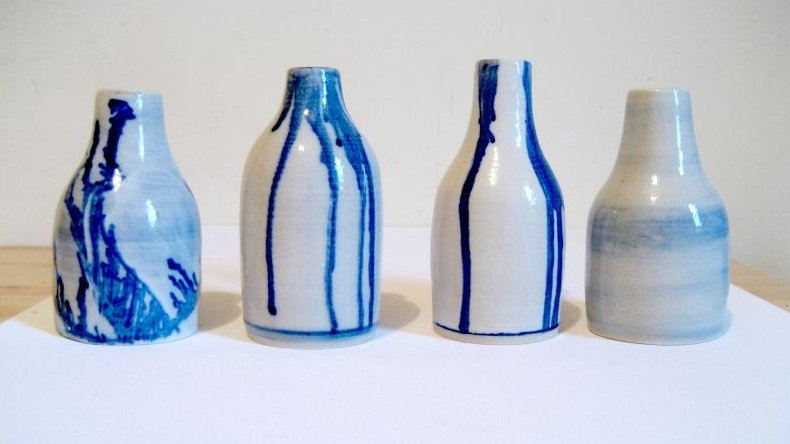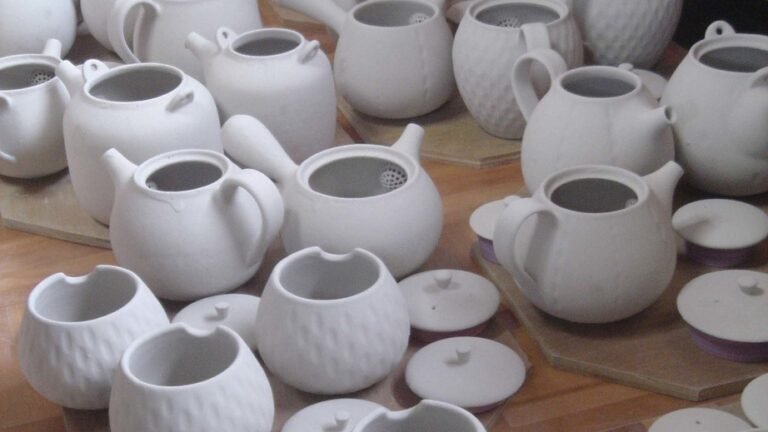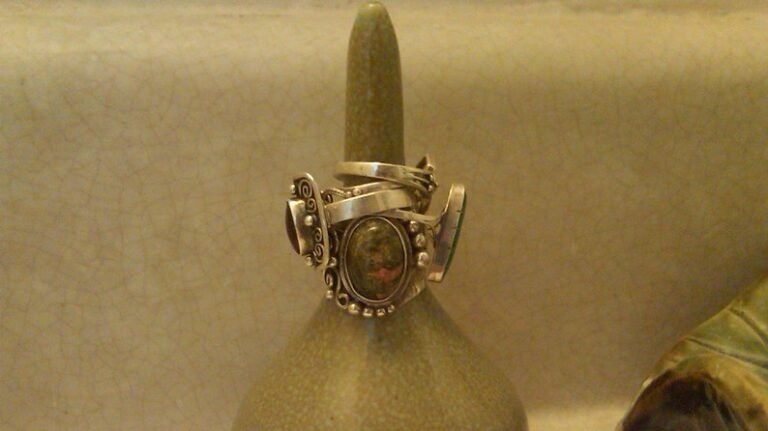How Many Coats Of Underglaze Do You Need?
Once you have created your pottery, it is time to decorate it. That is the most exciting and fun part of it. There are many ways to decorate your pottery, including glazing and underglaze. How Many Coats Of Underglaze Do You Need?
Apply at least two layers to get a vibrant color when painting underglaze. Several thick layers of underglaze create dense, rich colors. For opacity, apply at least three coats.
It is possible to decorate pottery at any stage of the making process. This ability allows for a wide variety of creative applications. Understanding the correct number of coats and the time between them is essential.
The purpose of underglaze is to decorate the pottery rather than seal it. In underglaze, you paint the decoration on the surface before glazing and firing it. The glaze gives the surface a uniform sheen and makes the decoration durable.
Underglazes are available for both greenware and bisque ware. It is possible to use them on wet clay, leather-hard clay, bisque ware, or bone dry clay. For bisque ware, glazes apply. Single fire glazes can apply to greenware.
If you have applied only one layer, it can result in a translucent color when fired. Brushstrokes may also be visible with one coat of underglaze. It is suitable if you want a watercolor effect but not to get a solid look.
Apply generous amounts of glaze when painting underglaze to ensure even color. Be careful not to overload your brush. Always clean your brush before switching between colors. Dry your brush between coats to prevent diluting the mixture.
It takes longer for each layer to dry as you add more layers. Dip glazes tend to dry faster than brush glazes. Dipping is an effective method of applying a uniform coat to your pottery.
Can You Put Too Much Glaze On Pottery?
The thick application of glaze can result in blistering. It emerges due to incomplete clay preparation or wedging as well. Overfiring of glazes or usage of soluble fluxes can also lead to blistering. The thin application of glaze creates rough glazes and color issues.
Mixing the glaze is a good practice, whether you pour, dip, or brush. It ensures an even consistency in the glazes. Also, it makes the glaze dry faster. Mix the glazes first, then run them through a strainer or sieve to remove debris or particles. Remix it for better results.
Even out the thickness of the glaze by changing the direction of your brush strokes. The first coat can be horizontal, the next vertical, or the other diagonal. Choosing the starting direction is up to you.
Related: How to glaze the bottom without ruining the kiln?
What Is The Recommended Number Of Coats Of Glaze For A Flawless Finish?
Two to three coats of glaze are ideal for a flawless finish on your pottery. Before setting your pottery aside to dry, wipe off any glaze from its base. Two coats of glaze are enough for pottery with a smooth surface. Underglaze and overglaze coats can transform pottery into a work of art.
Between Coats, How Long Should The Glaze Dry?
Before applying another coat of glaze, you have to wait until it is dry to the touch. Allowing the first coat to dry before applying the next makes it permanent.
How Long Should The Glaze Dry Before Firing?
After glazing your pottery, leave it overnight to allow the bisque ware to absorb water. Some water evaporates from the glaze. Drying time varies according to the texture of the surface and material type.
The humidity and temperature of your room also affect drying time. Bisqueware is more porous than greenware. The glaze applied to bisque ware can dry faster than greenware.
It can be hard to wait long for the glaze to dry due to several practical issues. Among them are the fragility of glazed items, the tendency to get them dirty, and your busy schedule. In such cases, a faster drying procedure is essential.
What Can I Do To Speed Up The Drying Process?
You can speed up the drying process using a hairdryer or heat gun. If your radiator has a flat top, you can place your pots on top of it to dry.
The properties of glazes and underglazes differ. It gives you different painting experiences. The thick consistency of glazes makes it ineffective for fine details.
You can build up different layers of color using underglaze painted in wet conditions. It is also possible to paint underglaze like watercolor. By blending different colors, you can achieve a gradient effect.
Underglazes contain silica, which is a glass-forming substance. The high glass content of underglaze reduces the ability of water to pass through into the clay body. If you choose the dipping method, it is suitable for your underglaze to contain less glass.
In dipping, you submerge the whole piece into the underglaze. Too many layers of glaze can slump, drip, and deform in the kiln due to its high thickness. It is possible to apply up to six layers of underglaze without that difficulty.
Potters prefer bisque ware to apply glazes as it is porous and efficient at absorbing water. You can create stunning and unique effects by combining different glazes.
Does Underglaze Have A Different Color Effect From Glaze?
High temperatures can cause the underglaze to lose its color pigments in the kiln. Glazes can still maintain their vivid colors when fired at high temperatures. Adding color and design to pottery is possible with them both.
Since underglaze contains less glass than glaze, it excels at painting intricate designs. It is possible to fine detail greenware or bisque ware using underglaze. It does not bleed or run as a colored glaze. Oxidation of glazes at mid-temperatures can produce bright colors.
Conclusion
Glazing is a vital part of pottery that enhances its aesthetic value. It makes pottery food-safe and waterproof. It improves the functionality of the fired clay by giving it a hard, glass-like surface. Glazing also serves as a canvas for artists.








